
The House of Bernarda Alba PDF: An Article Plan
This article provides a comprehensive exploration of Federico Garcia Lorca’s “The House of Bernarda Alba.” It examines the play’s themes, characters, and historical context. The article also analyzes the symbolism and imagery within the play, offering a deep dive into Lorca’s masterpiece.
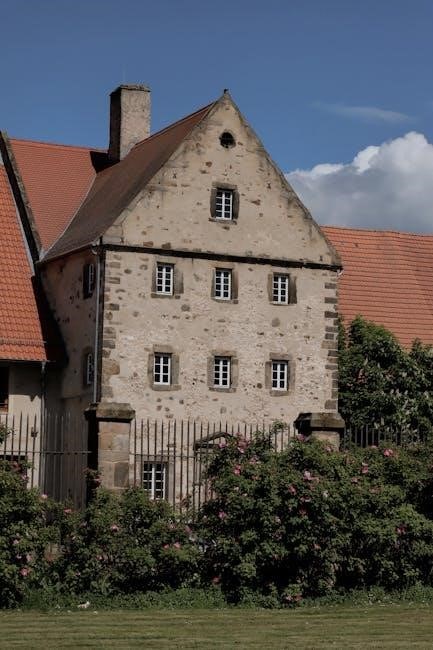
Overview of “The House of Bernarda Alba”
“The House of Bernarda Alba,” completed in 1936, stands as Federico Garcia Lorca’s final theatrical work, a chilling exploration of repression and female confinement in rural Spain. Following the death of her husband, Bernarda Alba imposes a strict mourning period of eight years upon her five daughters, effectively imprisoning them within the walls of their home. This oppressive environment breeds jealousy, resentment, and a desperate longing for freedom and love.
The play unfolds as a stark portrayal of power dynamics, where Bernarda’s iron will and rigid adherence to social norms stifle the individuality and desires of her daughters. The arrival of Pepe el Romano, a young and attractive suitor, ignites a fierce rivalry among the sisters, particularly between Angustias, the eldest and wealthiest, and Adela, the youngest and most rebellious. This competition for Pepe’s affection exposes the deep-seated tensions and frustrations that simmer beneath the surface of their seemingly ordered lives.

Lorca masterfully uses symbolism and imagery to enhance the play’s themes, with the house itself representing both a prison and a symbol of societal constraints. The stark white walls reflect the suffocating atmosphere, while the constant heat intensifies the characters’ emotional turmoil. Ultimately, “The House of Bernarda Alba” serves as a powerful indictment of societal expectations and the devastating consequences of unchecked authority.
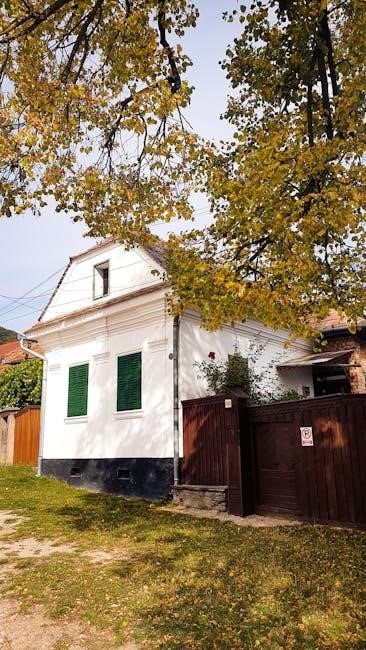
Historical and Social Context
“The House of Bernarda Alba” is deeply rooted in the historical and social context of early 20th-century rural Spain. The play reflects the rigid social norms and traditional values that dominated Spanish society, particularly in the Andalusian region where Lorca was born and raised. The concept of honor, especially concerning women’s chastity and reputation, was paramount, and any transgression could lead to severe consequences.
The play also reflects the deeply entrenched patriarchal system, where men held absolute authority over women’s lives. Women were expected to be subservient to their fathers and husbands, and their roles were primarily confined to the domestic sphere. This societal structure is vividly depicted in the play through Bernarda Alba’s tyrannical control over her daughters, restricting their freedom and dictating their every move.
Moreover, the play was written during a period of significant political and social upheaval in Spain, leading up to the Spanish Civil War; Lorca himself was a vocal critic of the conservative forces that sought to maintain the status quo, and his works often challenged traditional values and explored themes of social injustice. “The House of Bernarda Alba” can be seen as a critique of the oppressive social climate that contributed to the growing tensions and ultimately led to the outbreak of the war. Lorca’s life tragically ended during the war, highlighting the dangers of speaking out against established power structures;
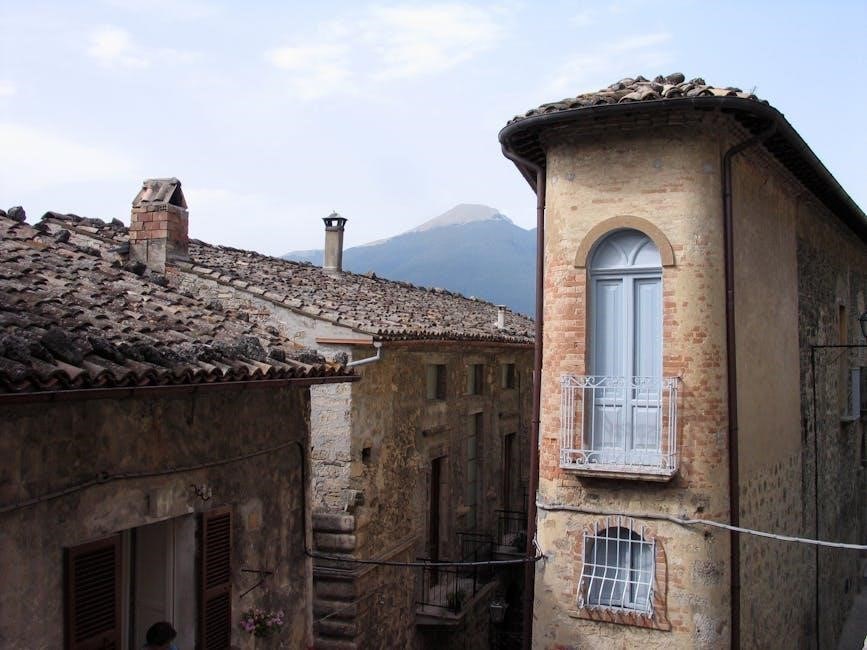
Character Analysis
“The House of Bernarda Alba” boasts a rich cast of characters, each representing different facets of oppression and resistance. The play’s characters are complex and contribute to the exploration of social constraints and individual desires within the confines of Bernarda’s household.
Bernarda Alba
Bernarda Alba, the matriarch of the household, embodies the oppressive forces at play; She is a widow who enforces strict mourning and controls her five daughters with an iron fist. Her character is defined by her obsession with maintaining social status and upholding traditional values, regardless of the emotional cost to her daughters. Bernarda’s actions stem from a deep-seated fear of societal judgment and a desire to control her environment.
Her dialogue is often sharp and authoritarian, reflecting her dominance. Bernarda’s pronouncements dictate the lives of those around her, creating an atmosphere of confinement and despair. The play portrays her as a complex figure, driven by both societal expectations and a personal need for power. Her interactions with the other characters reveal her unwavering resolve to maintain order, even at the expense of happiness and freedom.
She embodies the restrictive societal norms of the time, particularly regarding women’s roles. She is a symbol of the societal pressures that stifle individuality and perpetuate cycles of oppression. Bernarda’s character serves as a critical lens through which to examine the themes of power, control, and the consequences of rigid adherence to tradition.
The Daughters
Bernarda Alba’s five daughters are trapped within the confines of their mother’s strict household, each yearning for freedom and love. Angustias, the eldest, is set to marry Pepe el Romano, primarily for his wealth, offering her a chance to escape. Magdalena is more resigned to their fate. Amelia is timid and withdrawn. Martirio harbors secret desires and is resentful of Adela’s beauty and spirit. Adela, the youngest, is the most rebellious, openly defying her mother’s authority.
Their interactions are fraught with jealousy, resentment, and suppressed desires. The daughters represent the stifling effects of societal expectations on women, their dreams and aspirations curtailed by their mother’s rigid control. They are victims of their circumstances, their lives dictated by tradition and societal norms. The daughters’ relationships with each other are complex, marked by both affection and competition.
Adela’s defiance becomes a symbol of resistance against oppression, while the other sisters represent varying degrees of conformity and despair. Their collective suffering highlights the tragic consequences of a society that denies women agency and individuality. The daughters’ plight serves as a powerful indictment of the restrictive social structures that confine them.

Themes in the Play
“The House of Bernarda Alba” explores themes of oppression, confinement, and social class. The play delves into the impact of societal expectations on women. It also highlights the consequences of repressed desires and the yearning for freedom within a restrictive environment.
Oppression and Confinement
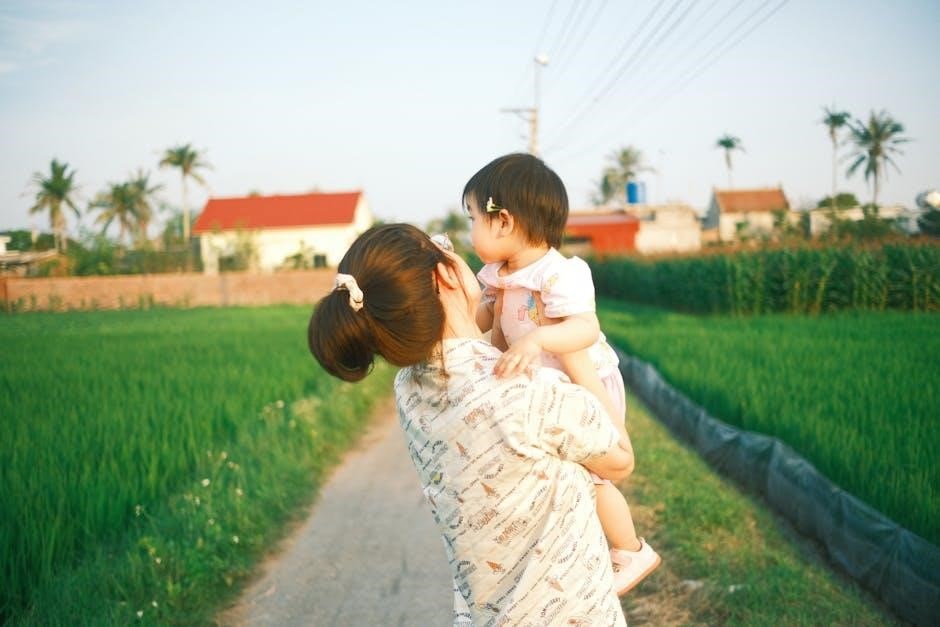
Federico García Lorca’s “The House of Bernarda Alba” is a powerful exploration of oppression and confinement, primarily focusing on the plight of women in early 20th-century rural Spain. Bernarda Alba, the matriarch, enforces a strict code of conduct upon her five daughters following her husband’s death, trapping them within the walls of their home and stifling their desires for freedom and love.
The house itself becomes a symbol of imprisonment, with its thick walls and barred windows representing the barriers that prevent the daughters from experiencing the outside world. Bernarda’s iron will further contributes to their confinement, as she dictates every aspect of their lives, from their clothing to their interactions with others. The mourning period, lasting eight years, intensifies their isolation, cutting them off from any potential for happiness or fulfillment.
The daughters’ yearning for liberation is palpable, as they chafe under Bernarda’s oppressive rule. Their suppressed desires manifest in various ways, from Angustias’s desperate hope for marriage to Adela’s rebellious defiance. Ultimately, the play serves as a critique of the societal norms that perpetuate female subjugation and restrict individual autonomy.
Social Class
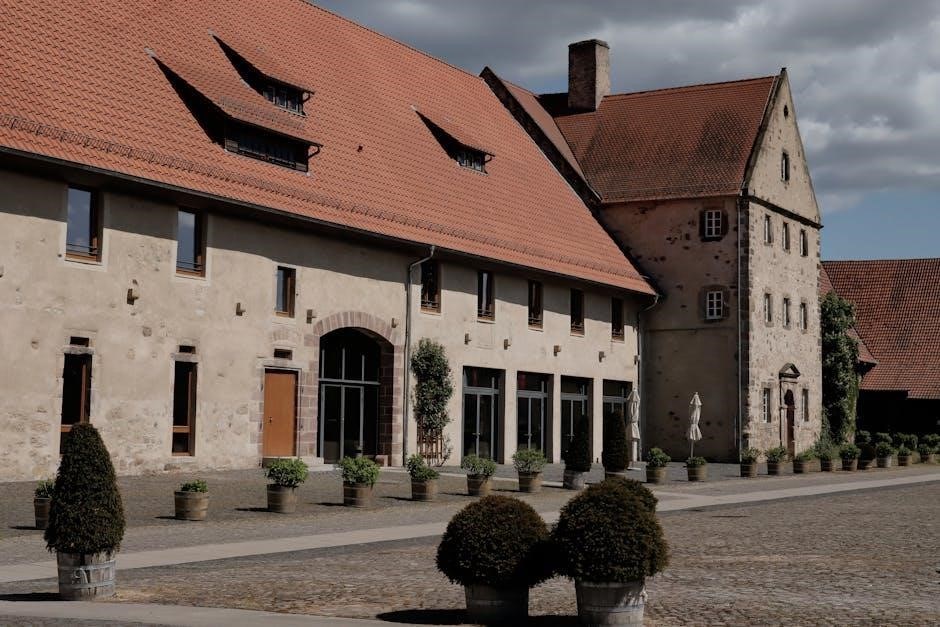
Social class plays a crucial role in shaping the dynamics and conflicts within “The House of Bernarda Alba.” Bernarda Alba, a woman of considerable social standing, is fiercely protective of her family’s reputation and adheres strictly to the rigid social hierarchy of rural Spain. Her obsession with maintaining appearances and upholding tradition dictates her treatment of her daughters and her interactions with the community.
The play highlights the stark contrast between the privileged lives of Bernarda and her daughters and the impoverished conditions of the lower classes. The servants, such as Poncia, are acutely aware of their subordinate position and resentful of the Albas’ power and wealth. This class divide fuels tension and resentment within the household, as the servants are forced to endure Bernarda’s harsh treatment and witness the daughters’ stifled lives.
Furthermore, the play explores how social expectations and prejudices limit the daughters’ choices and opportunities. Their social status dictates whom they can marry and how they must behave, reinforcing their confinement and perpetuating the cycle of oppression. The tragic consequences of Adela’s defiance underscore the destructive power of social class and the devastating impact it can have on individual lives.
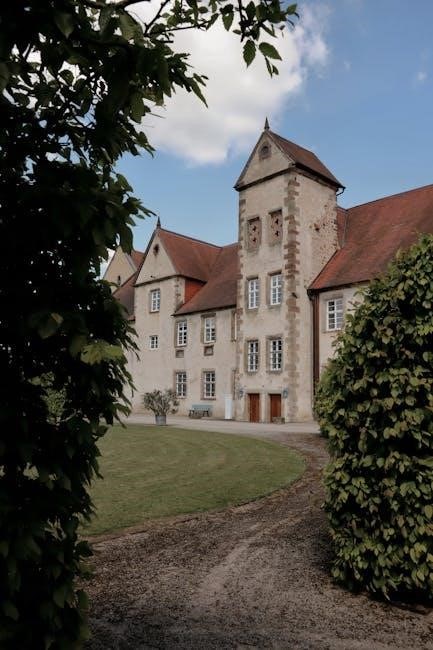
Symbolism and Imagery
Lorca masterfully employs symbolism and imagery to enrich “The House of Bernarda Alba,” adding layers of meaning and emotional depth to the play. The house itself serves as a potent symbol of confinement and oppression, representing the stifling atmosphere in which Bernarda’s daughters are trapped. Its thick walls and barred windows physically and metaphorically imprison the women, isolating them from the outside world and limiting their freedom.
Color plays a significant role in the play’s symbolism. White, traditionally associated with purity and innocence, is ironically used to represent the oppressive mourning period imposed by Bernarda, highlighting the forced and unnatural state of the daughters’ lives. Black, the color of mourning, further emphasizes the somber and restrictive environment. Green, symbolizing life and rebellion, appears briefly but significantly in Adela’s dress, representing her defiance and yearning for freedom.
Water, or the lack thereof, is another recurring motif. The village’s lack of a river or wells symbolizes the aridity and barrenness of the women’s lives, both physically and emotionally. The constant heat and dust further contribute to the sense of suffocation and despair.
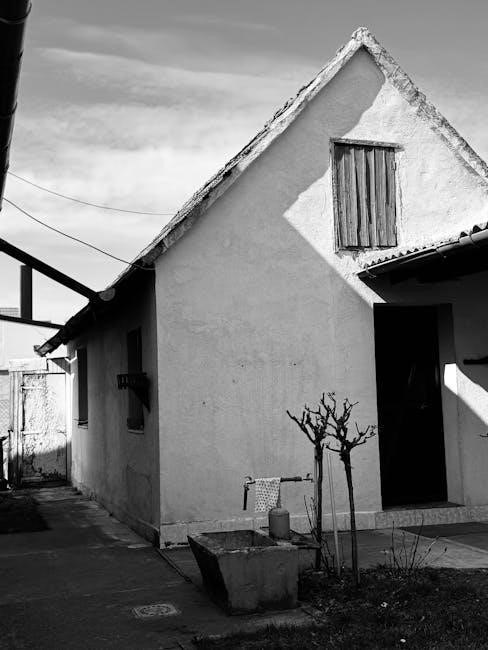
Influence of Male Authority
Although no male characters appear onstage in “The House of Bernarda Alba,” the influence of male authority permeates every aspect of the women’s lives, shaping their destinies and dictating their roles within society. Bernarda Alba, despite being a woman, embodies patriarchal values, enforcing strict rules and suppressing her daughters’ desires to maintain control and uphold the family’s honor. Her obsession with reputation and social standing stems from a patriarchal system that judges women based on their adherence to traditional roles.
The unseen figure of Pepe el Romano becomes a catalyst for conflict and tragedy. He represents the limited options available to women in this society, where marriage is seen as the only path to security and fulfillment. The daughters’ competition for his attention highlights the power imbalance between men and women, as their worth is determined by their ability to attract a husband.
The societal expectations placed upon women are further reinforced by the absence of male characters. Their power is felt through the restrictions they impose, the expectations they create, and the limited opportunities they offer. The play ultimately critiques a society where women are confined by male-dominated structures.